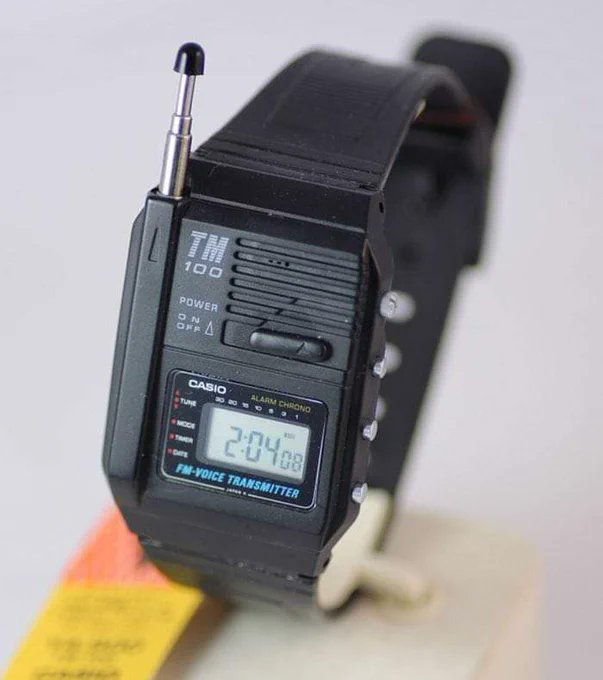
From Michael Levenson for The New York Times: “Let this be a warning to those of you who long to hit the open road with a 2,200-pound steer riding shotgun: Observe all traffic laws, especially when passing through Norfolk, Neb. Lee Meyer, 63, a retired machinist, learned that lesson on Wednesday. For seven years, Mr. Meyer has been chauffeuring his 2,200-pound Watusi-longhorn mix (whose name is Howdy Doody) with its horns and head exposed to the open air in a customized Ford Crown Victoria with the license plate “Boy & Dog.” But he had never been stopped by the police, he said, until Wednesday morning as he drove Howdy Doody into Norfolk from his 15-acre ranch.”
Which freezes faster, hot water or cold water? Scientists still aren’t sure

From Adam Mann for Quanta magazine: “It sounds like one of the easiest experiments possible: Take two cups of water, one hot, one cold. Place both in a freezer and note which one freezes first. Common sense suggests that the colder water will. But luminaries including Aristotle, Rene Descartes and Sir Francis Bacon have all observed that hot water may actually cool more quickly. Yet for more than half a century, physicists have been arguing about whether something like this really occurs. The modern term for hot water freezing faster than cold water is the Mpemba effect, named after Erasto Mpemba, a Tanzanian teenager who, along with the physicist Denis Osborne, conducted the first scientific studies of it in the 1960s. While they were able to observe the effect, follow-up experiments have failed to consistently replicate that result.”
Note: This is a version of my personal newsletter, which I send out via Ghost, the open-source publishing platform. You can see other issues and sign up here.
Swiss mountain-climbing community shocked by high-altitude heist

From Imogen Foulkes for the BBC: “Thieves in Switzerland have conquered one of the country’s most challenging protected climbing routes. They ascended to an altitude of 2,350m and traversed gorges on narrow steel cables – all to rob a collection box. The box belongs to a local climbing club, which maintains Switzerland’s longest protected climbing route on the Gemmi pass above Leukerbad village. What has caused the biggest shock is that the donation box is accessible only to the most experienced climbers. The route, known as a via ferrata, is classed as level 5, the most difficult, and involves serious climbing as well as ascending ladders bolted into the vertical rock face. Those who discovered the theft believe that it was carefully planned well in advance.”
Editor’s note: If you like this newsletter, I’d be honoured if you would help me publish it by contributing whatever you can via my Patreon. Thanks!
Jackie Robinson had a second job: Selling television sets in Queens

From The New Yorker in 1956: “On learning that Jackie Robinson, the Brooklyn Dodgers’ second baseman, is spending Monday, Wednesday, and Friday evenings each week as a television-set salesman in the Sunset Appliance Store in Rego Park, Queens, we hurried over to the place to see how he is making out. From a talk we had with Joseph Rudnick, president of Sunset, just before Robinson appeared, we learned that he is making out fine. Rudnick informed us that the accomplished young man had been working there, on a salary-and-commission basis, for five weeks, and that if he liked, he could work there forever, the year around. “Business booming like wildfire since Jackie came,” Rudnick told us, looking down at a throng milling about among television sets, washing machines, and refrigerators. “Sports fans flocking in here,” he said with satisfaction.”
Did Britain’s psychedelic mushrooms help create the Victorian fascination with fairies?

From Mike Jay for Public Domain Review: “The first recorded mushroom trip in Britain took place in London’s Green Park on October 3, 1799. Like many such experiences before and since, it was accidental. A man identified as “J. S.” was in the habit of gathering small mushrooms from the park on autumn mornings and cooking them up into a breakfast broth for his wife and young family. But this particular morning, an hour after they had finished it, everything began to turn very strange. J. S. noticed black spots and odd flashes of colour interrupting his vision; he became disorientated and had difficulty in standing and moving around. His family were complaining of stomach cramps and cold, numb extremities. The notion of poisonous toadstools leapt to his mind, and he staggered out into the streets to seek help, but within a hundred yards he had forgotten where he was going, or why, and was found wandering in a confused state.”
How a flock of parakeets wound up making a home in a Brooklyn cemetery

From Shaye Weaver for Time Out magazine: “Brooklyn’s Green-Wood Cemetery is the final resting place of over 600,000 New Yorkers, but the famed gravesite also has some unexpected residents: a flock of monk parakeets. Perched high above the ornate main entrance on the tallest spire of the arch, these small- to medium-sized parrots are year-round residents of the cemetery with a giant nest viewable from the ground. They chatter loudly, drawing visitors’ attention immediately. These emerald green and gray birds have drawn birdwatchers and curious New Yorkers to the cemetery since the 1980s, but still, it’s not widely known that they live there. The story goes that they were part of a shipment that entered the U.S. at JFK Airport from South America, heading to pet stores, but the crate was broken into and the birds escaped.”
A wristwatch with a radio transmitter built in
From Massimo on Twitter: “In 1987, Casio released the TM-100, possibly the most unusual digital watch. It embedded circuitry to transmit audio signals with a telescopic antenna. It could broadcast the audio to nearby radios.”


Reposts